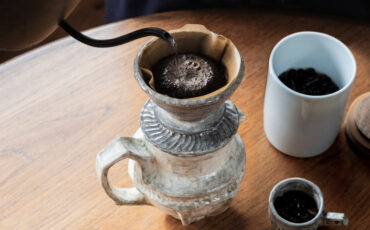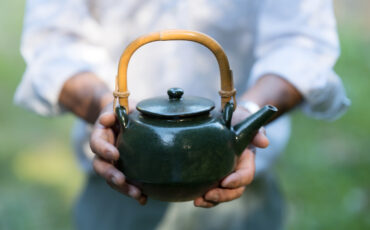History of Hachiman-yaki

The Origins of Hachiman-yaki
Hachiman-yaki pottery dates back to 1723, during the 8th year of the Kyōhō era, when Jingu Takuya Buzen of Hirose Hachimangu Shrine and samurai Kumagai Yoshitake invited the potter Gokuro from Sakushu to create everyday pottery. Later, they welcomed Riemon from Choshu to further refine their techniques. In 1786, Hirose Domain lord Matsudaira Naoyoshi appointed Yano Tadataka as the master potter, establishing Hachiman-yaki as part of the Hirose Domain's production.

In 1895, the Qin family (Haioke) took over, with Baiichi leading the tradition. The kiln was later passed down to his third-generation successors, Shin Kichi (Kyu Shichi), along with his siblingsTaizo, Ryoji, and later, Miyuki. A painting of a sailing ship by Tabe Choemon still decorates the kiln's alcove. Today, however, the Hachiman-yaki kiln lies dormant due to a lack of artisans to continue its legacy.

About the Products

Characteristics of Hachiman-yaki
The hallmark of Hachiman-yaki pottery is its stunning “blue glaze”—a soft greenish-blue hue that, along with its dense, durable quality, has won admiration from pottery enthusiasts. In Hirose Town, these pieces have long been treasured as tea cups and plates, gracing family dining tables for generations.

Locally, there’s a saying: “Hirose 30,000 koku, bucket tea with rice,” highlighting the town’s cultural attachment to Botebote tea. Botebote tea bowls showcase a range of glazes, from green and amber to white and black. In addition to these tea bowls, the Hachiman-yaki kiln also produced flower vases, bowls, and tea cups for everyday use, each piece blending beauty with functionality.











